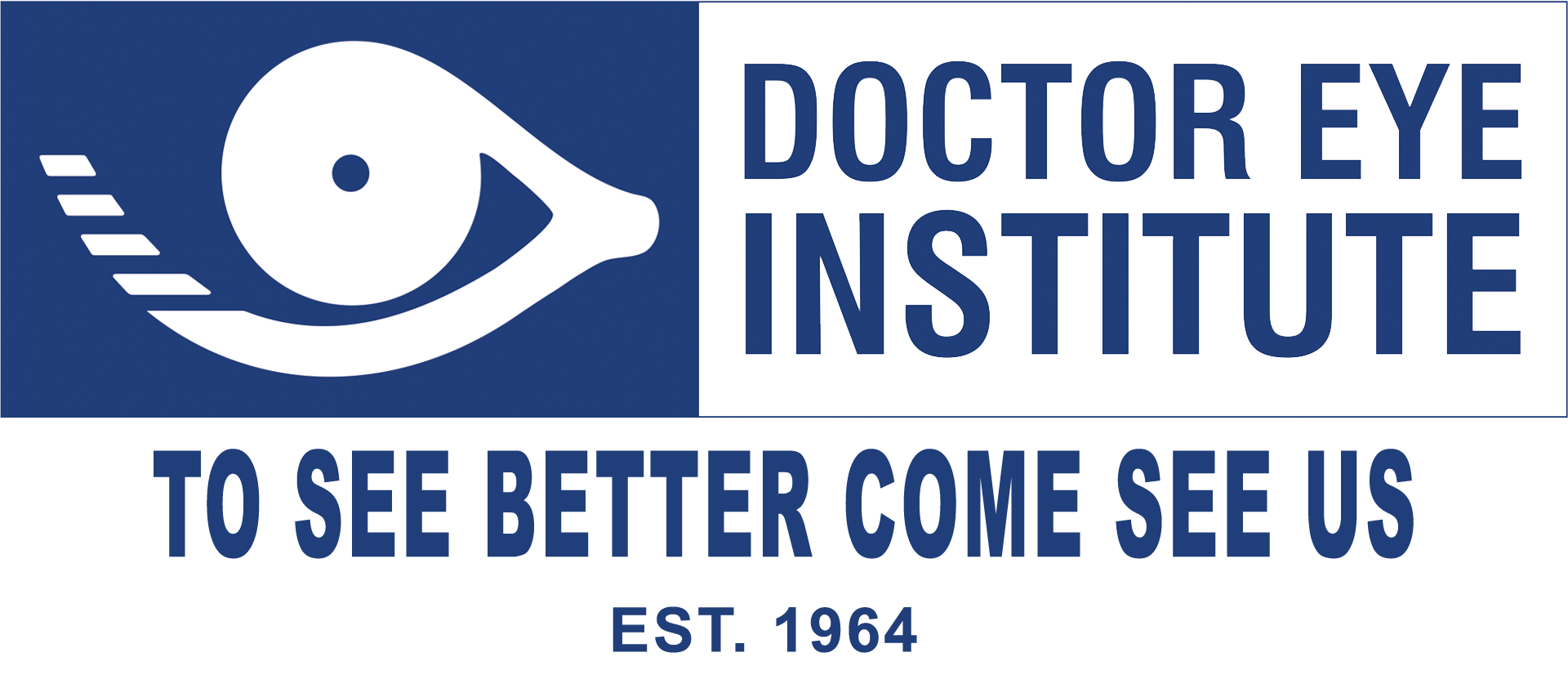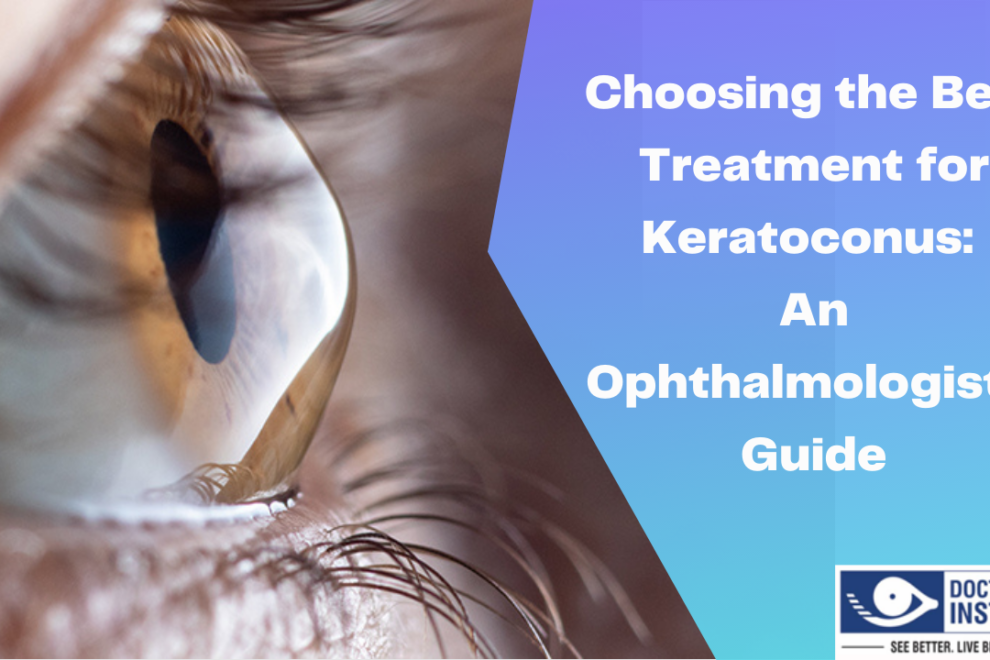Best Treatment for Keratoconus: An Ophthalmologist’s Guide
Keratoconus is a progressive eye condition that results in a cone-shaped cornea, leading to distorted vision and astigmatism. It is a common disorder affecting people of all ages, and its severity can vary from person to person. Fortunately, there are several treatment options available for this condition, ranging from conservative to surgical. In this blog, we’ll discuss the best treatment options for keratoconus, as suggested by ophthalmologists.
Conservative Treatment Options
In the early stages of keratoconus, ophthalmologists may suggest conservative treatment options to manage the symptoms. These options include the use of eyeglasses, contact lenses, or scleral lenses. Eyeglasses can correct mild astigmatism caused by keratoconus, but they are often insufficient for more severe cases. Contact lenses, particularly rigid gas permeable (RGP) lenses, can provide better vision correction by reshaping the cornea. Scleral lenses, which cover the entire cornea, are also an option for people with keratoconus.
Surgical Treatment Options
If conservative treatments are not enough, surgical options may be recommended. Here are the most common surgical treatments for keratoconus:
- Corneal Collagen Cross-Linking (CXL): This treatment involves the use of riboflavin drops and ultraviolet (UV) light to strengthen the cornea. CXL has been shown to stop or slow the progression of keratoconus in most patients. It is a minimally invasive procedure that takes less than an hour to complete.
- Intacs: Intacs are small, plastic rings that are implanted in the cornea to reshape it. This surgical procedure can improve vision and reduce astigmatism in people with keratoconus. It is a quick and relatively painless procedure, and the recovery time is minimal.
- Corneal Transplant: In severe cases of keratoconus, a corneal transplant may be necessary. During this procedure, the damaged cornea is removed, and a healthy donor cornea is transplanted. The success rate of this procedure is high, but it is more invasive and requires a longer recovery time than other treatments.
Success Rates of Treatment Options
The success rate of keratoconus treatment depends on the severity of the condition and the chosen treatment. Here are the success rates of the treatments mentioned above, ranked from highest to lowest:
- Corneal Collagen Cross-Linking (CXL): CXL has a success rate of around 90% in stopping or slowing the progression of keratoconus.
- Corneal Transplant: Corneal transplant has a success rate of around 90% in restoring vision in people with keratoconus.
- Intacs: Intacs have a success rate of around 70-80% in improving vision and reducing astigmatism in people with keratoconus.
Best Treatment Suggestions for Different Conditions
The best treatment for keratoconus varies depending on the severity of the condition. Here are some suggestions based on the severity of keratoconus:
- Mild Keratoconus: For mild keratoconus, ophthalmologists may suggest conservative treatment options such as eyeglasses or contact lenses.
- Moderate Keratoconus: For moderate keratoconus, ophthalmologists may suggest corneal collagen cross-linking (CXL) to stop or slow the progression of the condition.
- Severe Keratoconus: For severe keratoconus, a keratoconus specialist may suggest a corneal transplant to restore vision.
Keratoconus is a progressive eye condition that can be managed effectively with proper treatment. Conservative treatments such as eyeglasses.









